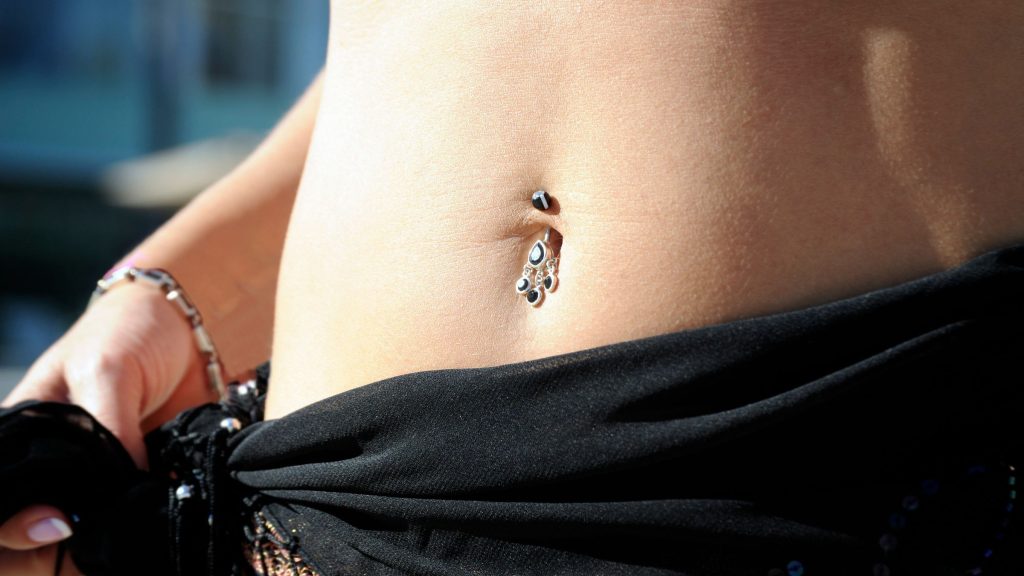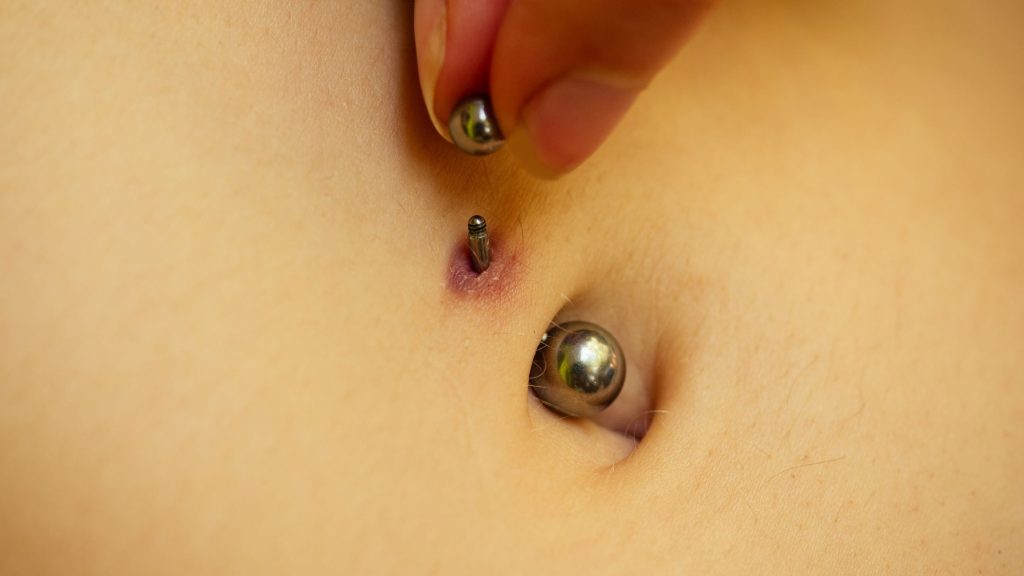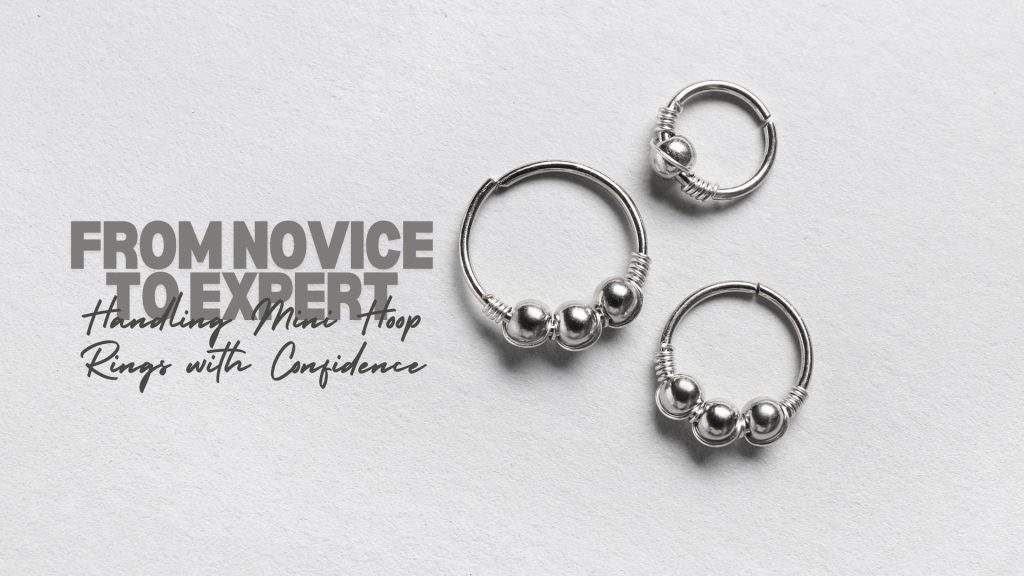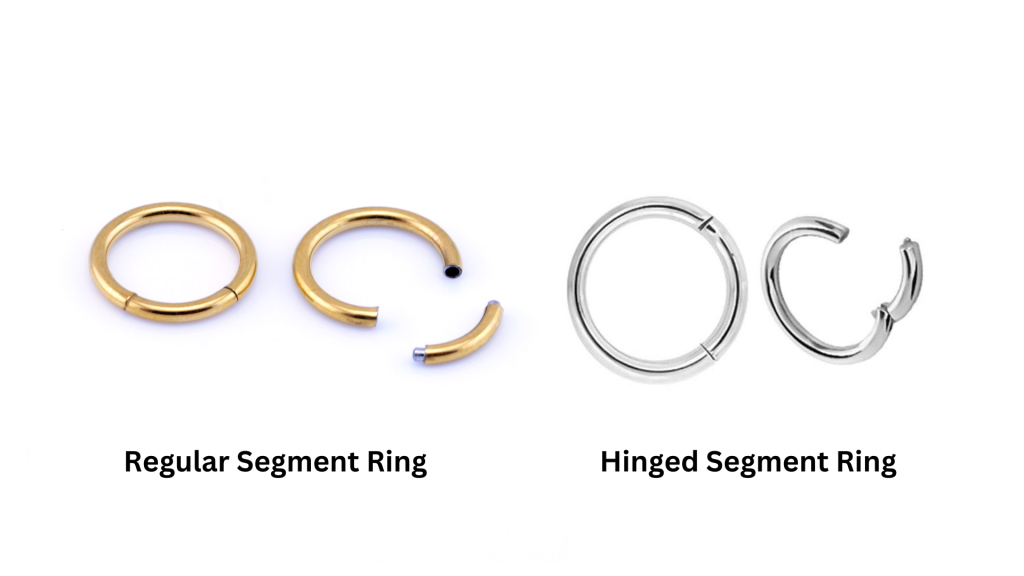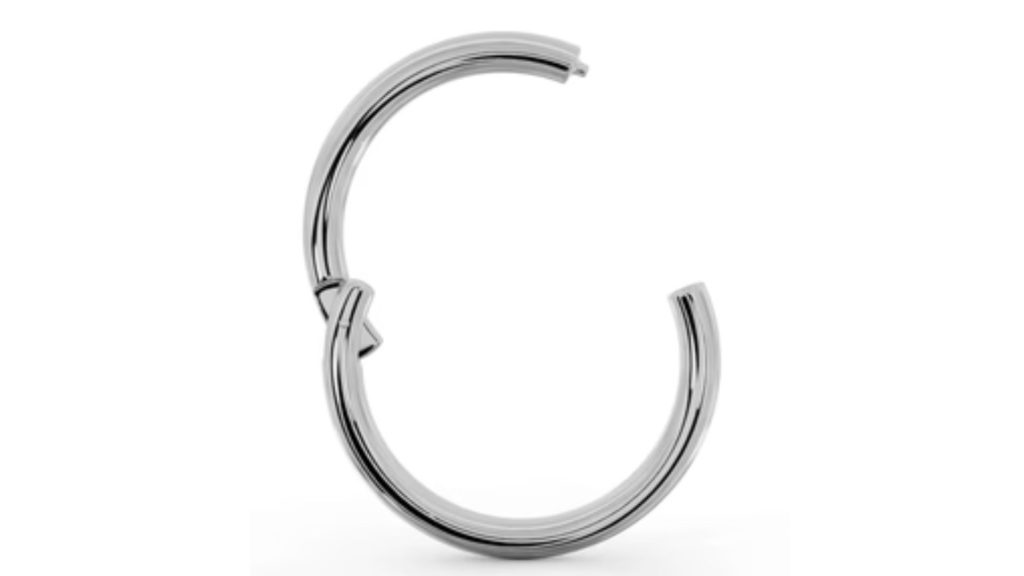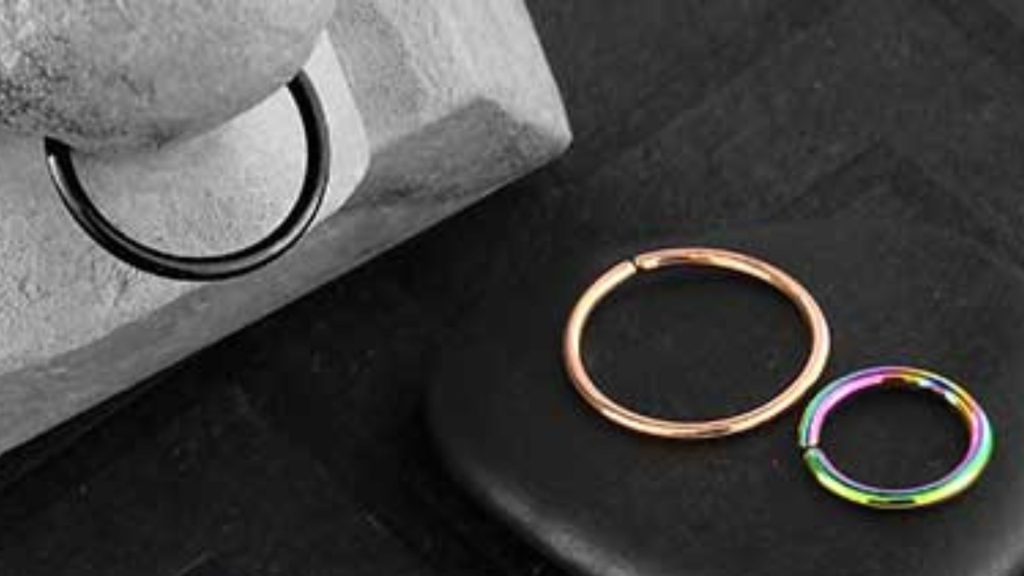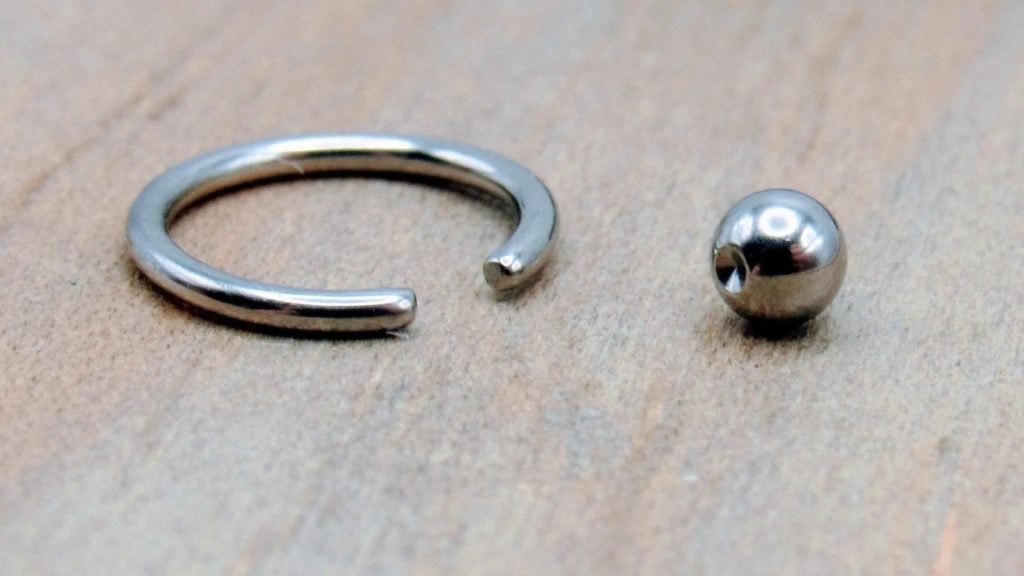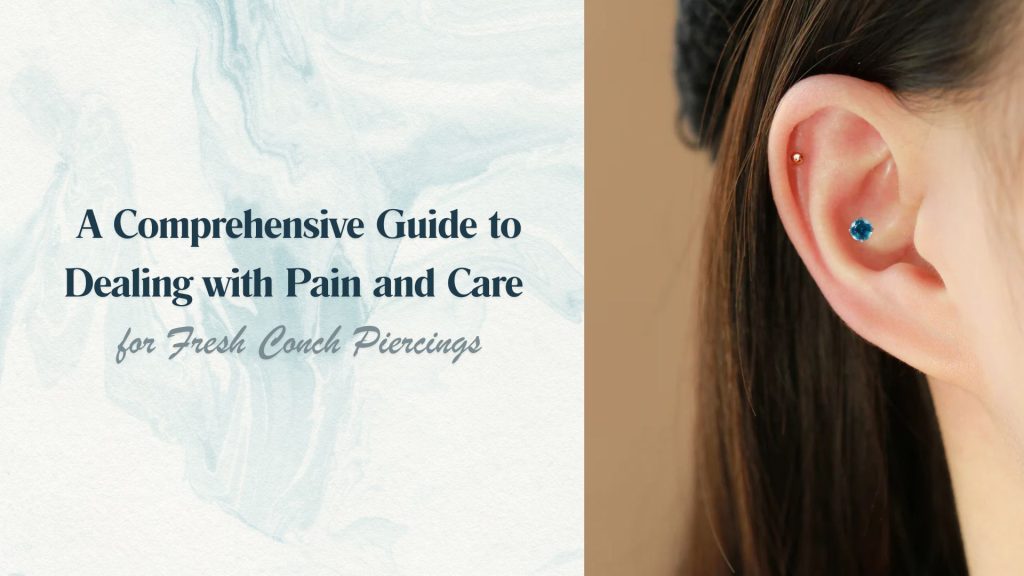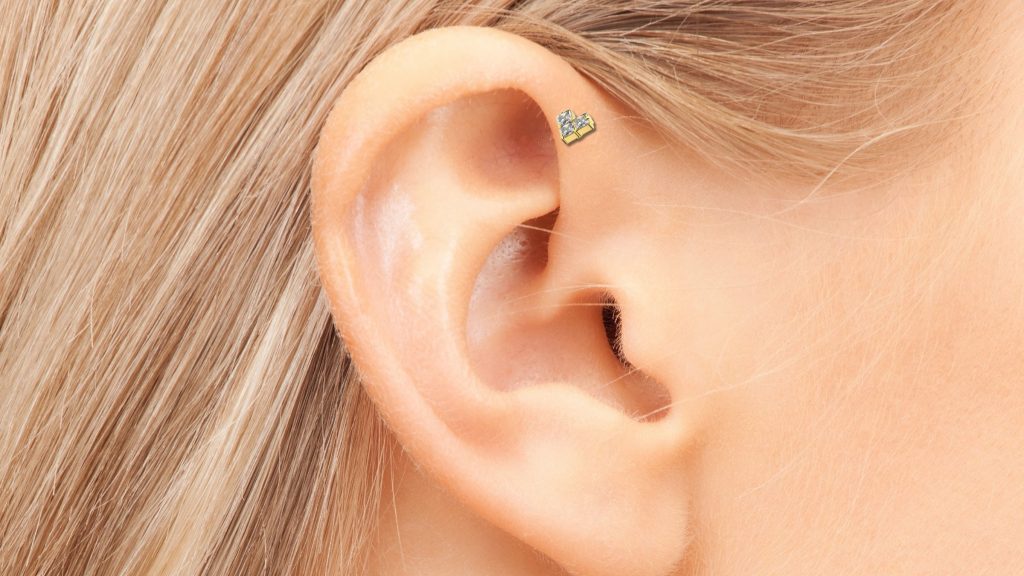
Piercings have always been one of the best ways to state the concept of individuality, and one of the most versatile types of piercing is the one located on the ears. Among the various options, the forward helix piercing has become a popular trend in 2024 among the population. This sexy and elegant piercing has been attracting the attention not only of fashion lovers but also of the true fans of piercing. But what is this forward helix piercing, and why is it considered one of the most favourable jewellery types? Here’s a detailed blog that provides all the information you need regarding forward helix piercings and why they’ve become a must-have accessory.
What is a Forward Helix Piercing?
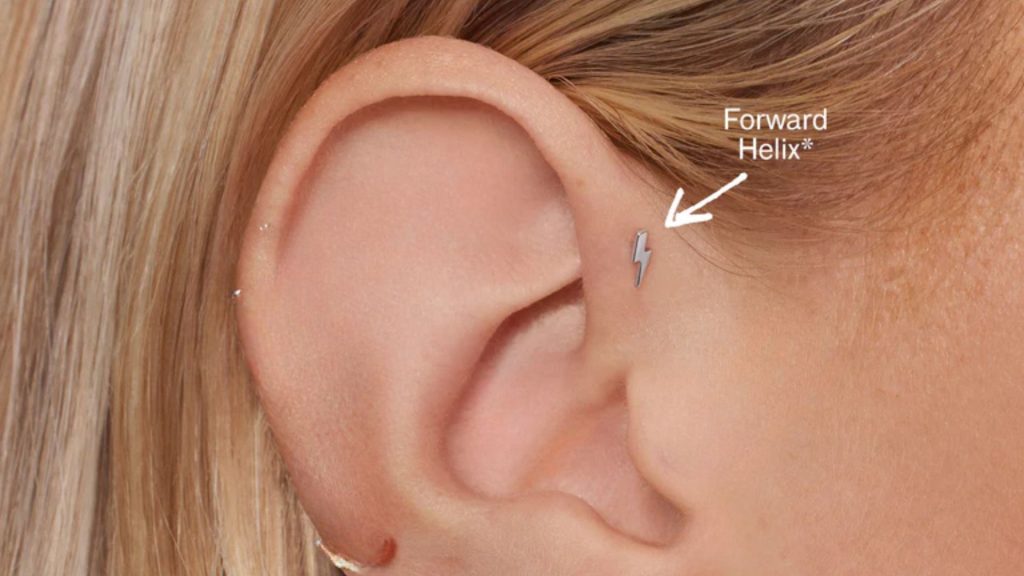
The forward helix piercing is placed on the upper part of the ear, specifically on the outer rim where the ear meets the head. It’s not like the traditional helix piercing, which is placed along the outer edge of the ear; the forward helix is positioned at the front, near the face. This placement gives the forward helix a unique aspect that differentiates it from other ear piercings.
The forward helix piercing is even more pleasing because you can get multiple piercings in this area. A single forward helix is elegant, but many opt for double or even triple forward helix piercings, creating a beautiful row of jewellery accentuating the ear’s natural curve.
Why the Forward Helix Piercing is a Trendy Choice in 2024
Subtle Elegance:
- One of the main reasons the forward helix piercing has become so popular is its subtle elegance. This piercing is less noticeable than other ear piercings, making it perfect for those wanting a stylish yet minimalist look.
- The forward helix’s placement near the face draws attention to the eyes and cheekbones, enhancing your facial features without awe-inspiring your overall appearance.
Versatility in Jewellery:
- The forward helix piercing offers incredible versatility when it comes to jewellery options. You have an option to customize your forward helix to complement your style. You can either go for delicate studs or tiny hoops and intricate designs, and the choice is entirely yours.
- Many people choose to adorn their forward helix piercings with minimalist jewellery for a subtle look, while others opt for more elaborate pieces to make a statement. The choice is yours, and the forward helix provides the perfect canvas for your creativity.
Perfect for Curated Ears:
- Curated ears—where multiple piercings are strategically placed to create a cohesive look—have become a significant trend in recent years. The forward helix is a key component in many curated ear designs because it complements other piercings well.
- Whether paired with a traditional helix, tragus, or lobe piercing, the forward helix adds a unique touch that ties the entire ear look together. It’s an ideal choice for anyone looking to create a personalized ear stack that’s both trendy and timeless.
Ideal for All Genders:
- The forward helix piercing is a versatile option that appeals to people of all genders. Its subtlety makes it an excellent choice for those who prefer a more low-key look, while its ability to be customized with various jewellery options means it can be as bold or understated as you like.
- This universal appeal has contributed to the forward helix’s rise in popularity, as it offers something for everyone, regardless of personal style or gender.
The Forward Helix Piercing Process: What to Expect
Knowing what to expect when you are about to get this piercing done is essential.
The Piercing Procedure:
- The forward helix piercing is relatively straightforward, but because it involves cartilage, it may be slightly more painful than a lobe piercing. The pain is usually brief, and a professional piercer will ensure the procedure is as quick and comfortable as possible.
- When you arrive for your piercing appointment, your piercer will help you choose the proper placement and jewellery for your ear. Like any other piercing, they will mark the spot, clean the area, and use a sterilized needle to create the piercing.
Healing Time:
- Cartilage piercings, including the forward helix, typically take longer to heal than softer tissue piercings. The healing process can take 3 to 9 months, depending on your body’s natural healing rate and how well you care for the piercing.
- During the healing period, it’s essential to follow aftercare instructions carefully. The most important thing is to wash the piercing with saline solution, not sleep on the pierced side, and abstain from touching or twisting the jewellery.
Choosing the Right Jewellery:
- When you first get your forward helix piercing, your piercer will likely recommend starting with a small stud made from hypoallergenic materials like titanium or surgical steel, as these materials are less likely to cause irritation and help the piercing heal properly.
- Once your piercing has healed, you can experiment and can go for different jewellery styles. Whether you prefer dainty studs, tiny hoops, or more elaborate designs, the forward helix piercing offers plenty of options for customization.
Why We Love the Forward Helix Piercing in 2024
The forward helix piercing has quickly become one of the trendiest piercings in 2024, and it’s easy to see why. Its subtle elegance, versatility, and ability to enhance curated ear designs make it a standout choice for anyone looking to elevate their style. Whether you’re new to piercings or a seasoned pro, the forward helix offers a unique way to express your individuality and stay on-trend.
If you’re considering getting a new piercing this year, the forward helix might be the perfect option. With its growing popularity, celebrity endorsements, and endless customization possibilities, it’s no wonder why the forward helix piercing is taking the fashion world by storm in 2024.
